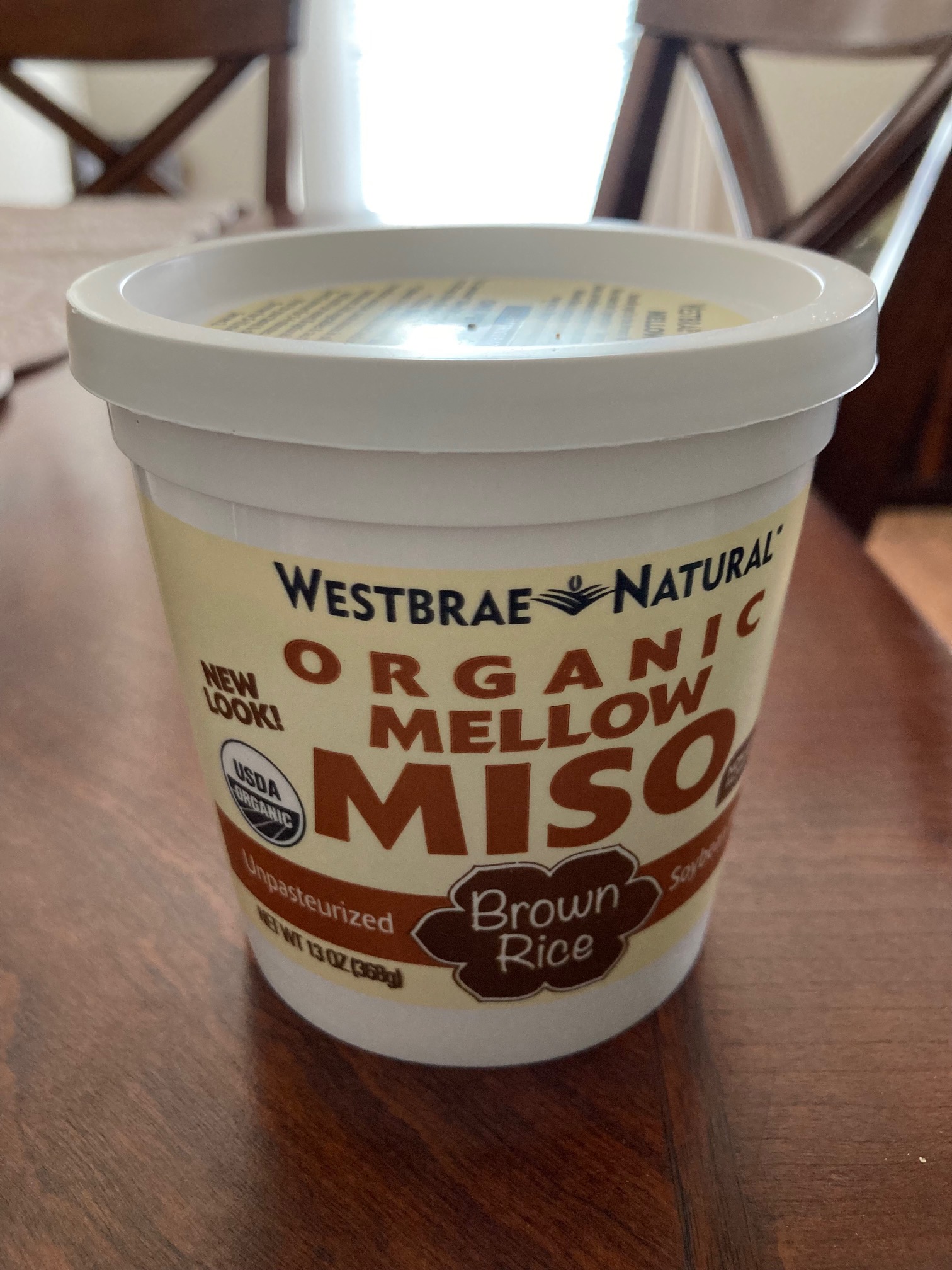Recipe
We could all use the occasional reminder of how powerful our eating habits are when it comes to our health. Sometimes adverse symptoms can simply be a result of vitamin deficiency. Today let’s look at a simple recipe that is rich in enzymes and can help boost Vitamin B12 levels. In an instagram post we covered a recipe with similar ingredients of walnut and black sesame, but it was geared towards individuals with a sweet tooth. Today’s recipe is for those of us that crave salty, savory foods. I simply call this combination of ingredients “sprinkles” because it’s easy to sprinkle on top of your veggies, rice, or congee. Let’s take a look at the ingredients:
1 Cup Walnuts (alternately you could use ½ Cup walnuts & ½ Cup black sesame seeds)
4 TBSP Nutritional Yeast
1.5 TBSP Miso Paste
Instructions:
Add nuts and/or seeds in a small food processor with the nutritional yeast and pulse a few times. Next add the miso paste and pulse until the mixture is a sand-like texture. Place in an airtight container and store in the refrigerator for freshness. Sprinkle on your favorite savory dishes daily.
Where to find Miso
If you’re like me and unsure of where to get miso paste, not to worry. Start by looking on the international food aisle at your local health food store. Sometimes it is in a sealed bag with a pouch inside. If you don’t find it there then try the refrigerated section and it is often in small tubs that are the size of a butter container.
Benefits of Miso
As we move into Fall and Winter, miso is a wonderful food item to keep handy. This is because of it’s salty flavor, which attunes the body to colder weather. Miso contains an amino acid pattern that is similar to meat and also has trace amounts of Vitamin B12. This can make it a satisfying alternative to meat products. It also contains lactobacillus which aids in the digestive process and creates an alkaline condition that helps the body resist disease. Research has shown that miso can prevent radiation sickness and neutralize some of the effects of smoking and air pollution.
Salt content of Miso
There are different types of miso and if used in replacement of salt, the following ratios apply:
½ tspn salt = 1 TBSP salty miso = 1.5 TBSP mellow miso = 2.5 TBSP sweet miso
Cautions
Of course, in today’s culture, many of us consume more salt than what our body needs. Therefore, this recipe comes with some caution. This recipe is to be used sparingly and as a replacement for salt. Those with damp conditions such as candida overgrowth or edema should avoid increased salt intake. Also, individuals with high blood pressure are best to avoid this recipe. However, a good alternative would be to add seaweed to the diet as it contains iodine and trace minerals that speed up metabolism.
If you are looking for more nutritional advice, visit the website and click to book a complimentary 20-minute consultation. Also, check out our other blog posts about nutrition. Sprouts, phytoestrogens, diabetes, summerheat.
#selfcare #nutrition #naturalmedicine #cdaacupuncture #supportlocal #cda #pnw #northidaho #pnwlivinglocal #coeurdaleneidaho #downtowncda #cdaidaho #acupuncture #acupunctureworks #nutritionalhealing #miso #yummyrecipes
Reference
Pitchford P. Healing with whole foods: asian traditions and modern nutrition, 3rd ed. Berkeley CA: North Atlantic Books. c2002



2 Comments
Comments are closed.